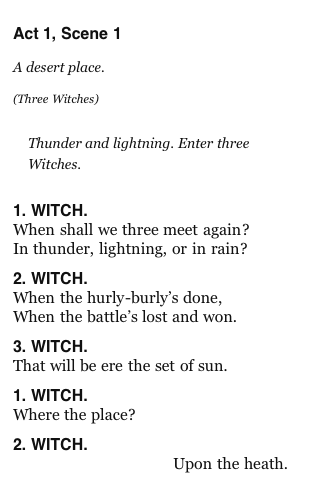Amazon have announced that certain Kindle titles will now have embedded video and audio.
However to enjoy these new “multimedia ebooks” you will need to view them on the iPhone, iPod touch or the iPad using the Kindle iOS4 App.
Amazon.com today announced a new update to Kindle for iPad and Kindle for iPhone and iPod touch, which allows readers to enjoy the benefits of embedded video and audio clips in Kindle books. The first books to take advantage of this new technology, including Rick Steves’ London by Rick Steves and Together We Cannot Fail by Terry Golway, are available in the Kindle Store at http://www.amazon.com/kindleaudiovideo.
Though Together We Cannot Fail is not actually available to buy for customers from the UK!
Probably not obvious to most, these titles with embedded audio and video, though can be read on the Kindle device, will not play the audio and video.
This does beg the question, does Amazon believe that the future of Kindle titles is on the iOS4 platform, on the iPad and the iPhone? Or will we see a more enhanced Kindle in the future that can play the embedded audio and video in these new titles?
Amazon have recently reduced the price of the Kindle, this may be an indication of either of those two points of view.
We will have to wait and see.









